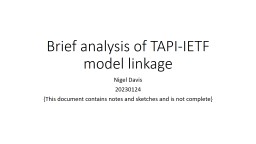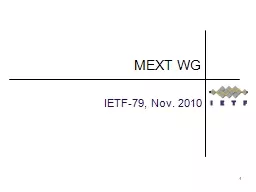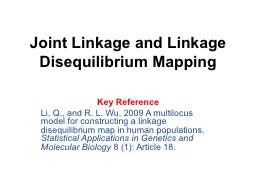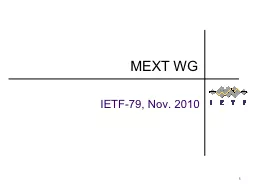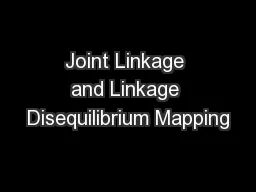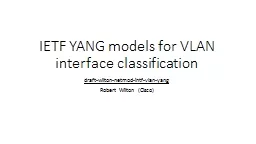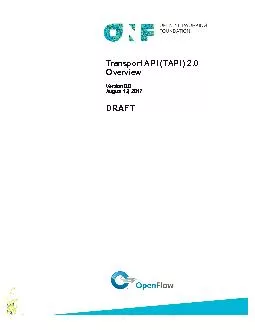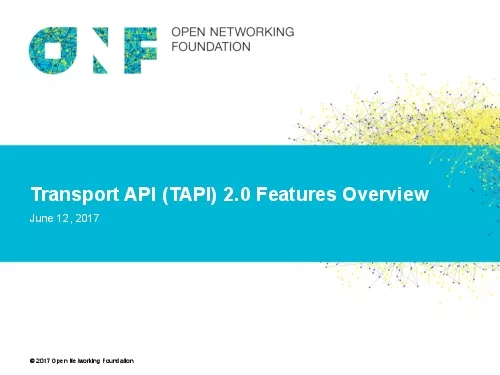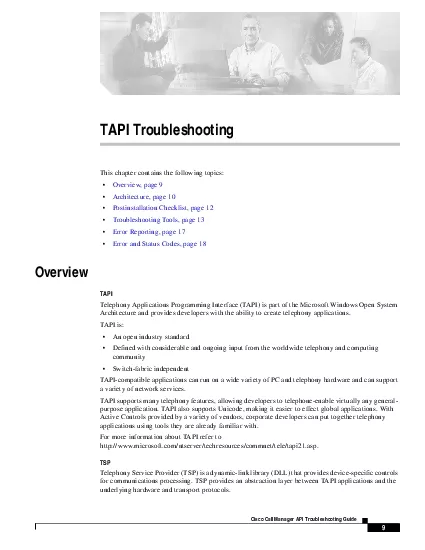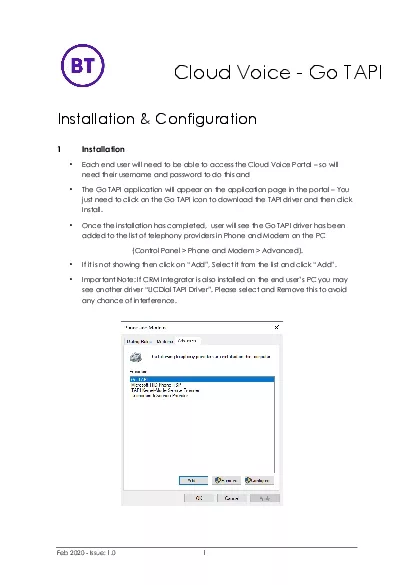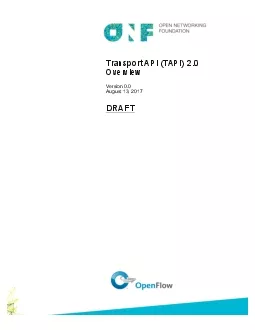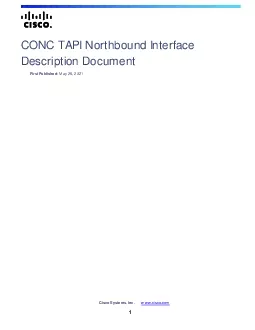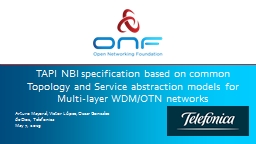PPT-Brief analysis of TAPI-IETF model linkage
Author : paisley | Published Date : 2023-07-07
Nigel Davis 20230124 enhanced 20230131 This document contains notes and sketches and is not complete Content Solution architecture options These slides were added
Presentation Embed Code
Download Presentation
Download Presentation The PPT/PDF document "Brief analysis of TAPI-IETF model linkag..." is the property of its rightful owner. Permission is granted to download and print the materials on this website for personal, non-commercial use only, and to display it on your personal computer provided you do not modify the materials and that you retain all copyright notices contained in the materials. By downloading content from our website, you accept the terms of this agreement.
Brief analysis of TAPI-IETF model linkage: Transcript
Download Rules Of Document
"Brief analysis of TAPI-IETF model linkage"The content belongs to its owner. You may download and print it for personal use, without modification, and keep all copyright notices. By downloading, you agree to these terms.
Related Documents

